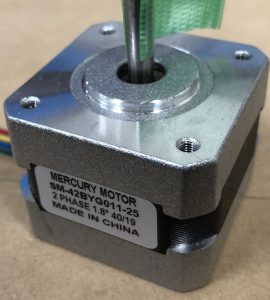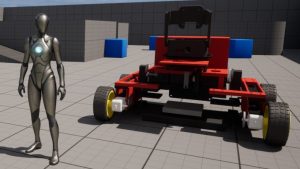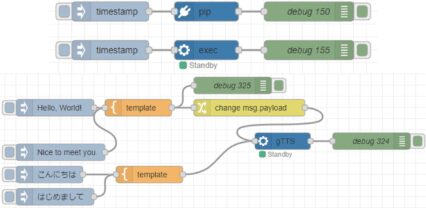Control Stepping Motors with Motor Drivers (DRV8833, TB6612FNG)
Introduction
In this article, I controlled a stepping motor with motor drivers. It is a bipolar type of stepping motor. When I looked for a module for stepping motors, I found the DRV8833 and bought it. it is made by Adafruit and is easy to use with a bullet board.
▼It was much more expensive on Amazon, so I recommend buying it elsewhere.
I looked up how to use it after I bought it, and found a sample using the DRV8833 on the Adafruit website. And it also described how to use a stepping motor with the TB6612FNG, which I had been using a lot. Then I didn't have to buy the DRV8833…
As written in the page, it was recommended to use other modules if you want more voltage and current for the motors.
There is a clear difference between the DRV8833 and the TB6612FNG: The DRV8833 is more suited for lower voltages; the TB6612FNG can withstand higher voltages but still cannot run larger motors, so in that case it is better to use other modules.
▼Here is a page from Adafruit that was helpful.
Overview | Adafruit DRV8833 DC/Stepper Motor Driver Breakout Board | Adafruit Learning System
- ・DRV8833: 2.7V~10.8V
- this chip is better for low voltage uses (can run from 2.7V up to 10.8V motor power) and has built in current limiting capability.
- ・TB6612FNG: 4.5V~13.5V
- For higher voltages, check out the TB6612.
- Good for motor voltages from 4.5V up to 13.5V!
- ・DRV8871: 6.5V~45V
- For much higher voltages and currents check out the DRV8871!
- 6.5V to 45V motor power voltage
Build a circuit
▼I refer to the Adafruit website
Overview | Adafruit DRV8833 DC/Stepper Motor Driver Breakout Board | Adafruit Learning System
I used an Arduino Uno. I connected the Vin pin of the Uno to the VM pin of the motor driver to feed power to it.
▼Here is the circuit diagram of DRV8833


▼Here is the circuit diagram of TB6612FNG


▼I used this stepping motor.
バイポーラ ステッピングモーター SM-42BYG011: パーツ一般 秋月電子通商-電子部品・ネット通販 (akizukidenshi.com)

Write Programs
▼This is a program from the Adafruit website.
▼This is a pin-changed version of the program in the Stepper library of the Arduino IDE. I have also tested the operation of this program.
Control Stepping Motors
▼This is the first program using the DRV8833. It is moving in the Forward and Backward directions as programmed, but it turns around before making a full revolution.
▼This is the first program using the TB6612FNG, which is not particularly different from how it works with the DRV8833.
▼This is the second program. This program is turning one revolution, probably due to the delay before the direction change.
Finally
I thought that running a stepping motor would be more complicated than a DC motor, but it was surprisingly easy. I am used to using the TB6612FNG, and I have chip components that I would like to embed in my design.


